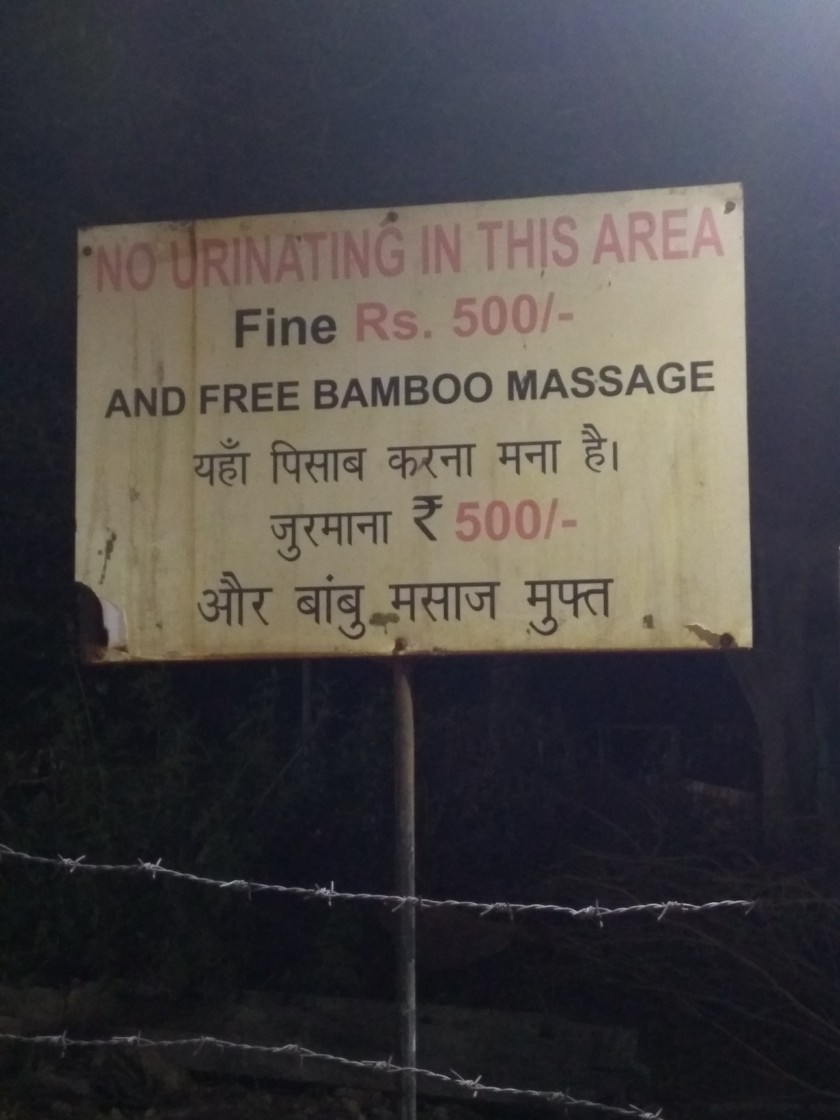A while back, I read a book by Sanjaya Baru, famous nowadays for having penned the book “The Accidental Prime Minister”. While that book was certainly more topical, his other book, the one I am referring to right now, is far more interesting. The title of the book is , quite simply, “1991”, and the subtitle is “How P.V. Narasimha Rao Made History”.
The reason I bring that book up right now is because Mr. Baru begins his book by speaking about how, while at an event at a university near Delhi, he asked students about the importance of the year 1991, and some levity aside, many people didn’t have a clue. Things became, he goes on to mention, slightly better when he asked the same question to a slightly older age group, and many people mentioned the reforms of 1991. What those reforms were, and who was responsible for them is a story, Mr. Baru says in the introduction to his book, many people are not aware of. Given the subtitle of his book, it is clear who the protagonist is – and further evidence in favour of his argument is to be found in the book that is the subject of this blog post: “To the Brink and Back: India’s 1991 Story”, by Jairam Ramesh.
The book (a very short one) is Mr. Ramesh’s recollections of those tumultuous three months or so, when, as he so memorably puts it, history was put in motion. I often say in classes I teach that India gained her political independence in 1947, and started to gain her economic independence in 1991. The first half of that statement is a fact, and the second half is false, too true or not true enough depending on where you stand on the spectrum of economic ideology. But no matter where you find yourself on that spectrum, what is indisputably true is the fact that 1991 was a turning point for the Indian economy.
Having read both books, and some others besides, on the events of 1991, here is my simple list of why 1991 was so important:
- A lot of people today don’t know, or don’t want to know this, but there was, for quite a few people, a choice to be made. “To default or not to default” was an actual dilemma for some, and reading about those times makes it clear that the former option was certainly on the table. It is our great good fortune that the people in charge, and the then finance minister in particular, did not view it as a dilemma – India simply would not default. That in itself was a signal to us and the rest of the world – and the importance of that signal cannot be overstated. Put another way, the economist took a political stance that had truly far reaching economic consequences.
- India finally became competitive in the global markets, because of the devaluation of her currency. A strong currency is often taken to be a proxy for a strong nation, but nothing could be farther from the truth. If you chart India’s exchange rate movements (vis-a-vis the dollar, say) against her GDP growth rate, you can see this quite clearly. That devaluation mattered, it truly mattered. Ask Infy. And as the book makes clear, getting people to agree with this decision wasn’t all that easy.
- This point is the most important of the lot: our industrial policy changed on the morning of the budget. Yes, Manmohan Singh presented that budget, but the far more important announcement was about our industrial policy changing – for the better, at long, long last. This includes changes in the MRTP (Monopolies and Restrictive Trade Practices)Act, changes to the way foreign firms could invest in India, and changes in what kind of licences would be needed to produce, well, almost anything. And much else besides, I should add – but the point that one should understand is that the shackles were taken off where India’s producers were concerned.
There is, please understand, much more to the reforms of 1991, and most of it is contained in the book. But to me, the book is important because it makes a point about a political decision that had far reaching economic ramifications: India would honour her debt, no matter what the cost, and no matter what changes needed to be made to her industrial policy. This (political) commitment to do the right thing has had (economic) consequences that we are benefiting from today and beyond.
The book speaks about who did what before, during and after the three months of June, July and August 1991, and credit is given and withheld in various cases by Mr. Ramesh. See, for instance, his repudiation of Yashwant Sinha’s claims to have been the true father of the whole reforms story.
I’m not so interested in who did what though – reading the book to understand what happened, and how it happened is a fascinating lesson in the art of political economy. The chapter on the roll back of the increase in urea pricing, for example, is a great for understanding how to push what you want through – you can almost see Cialdini nodding in approval.
Is the book written for the layperson who knows nothing of economics? I will not pretend that it will be easy going, but I will say this: you will appreciate the importance of 1991 far more at the end of it. And as a citizen of India, four hours or so is a worthwhile price to pay to understand how we got to be where we are.

